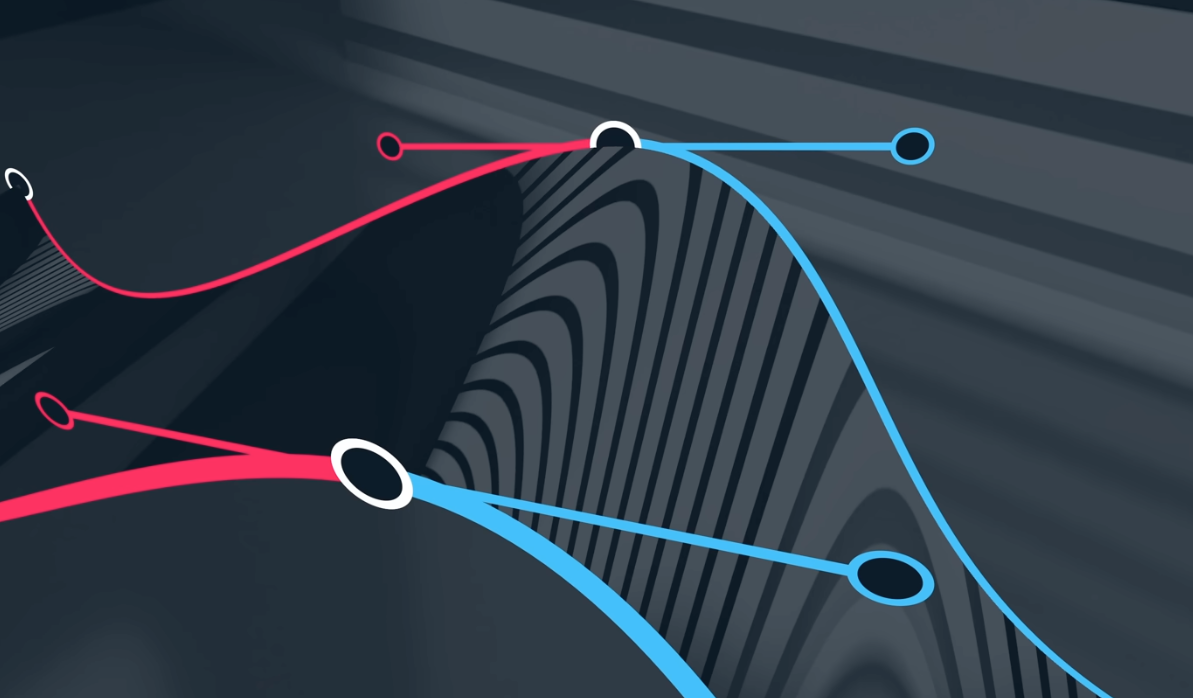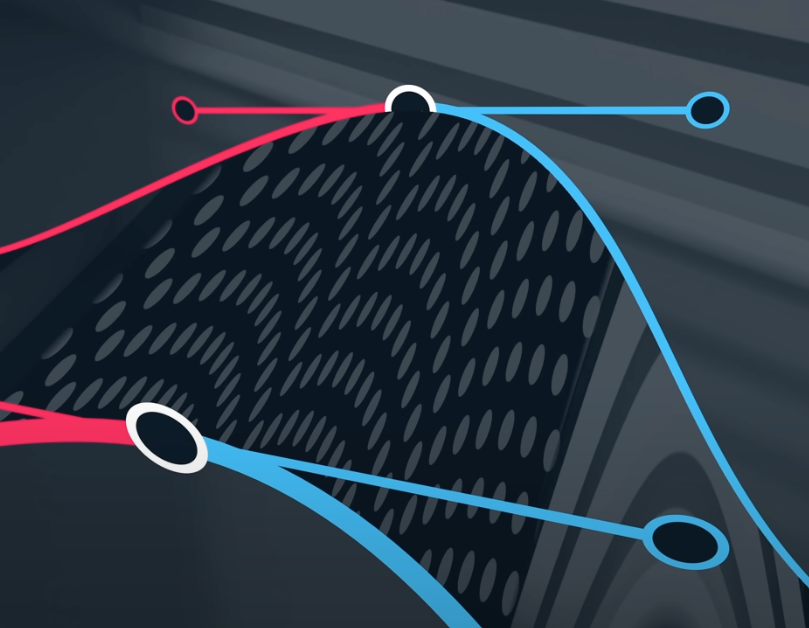Bezier Curves
This is one of most amazing videos for math concept introduction,together with a great primer
0 Defination
Lerp means Linear interpolation.
\(P(t) = (1-t)P_0 + tP_1\)
De Casteljau defination of Bezier curves is illustrated below with recursive lerps.
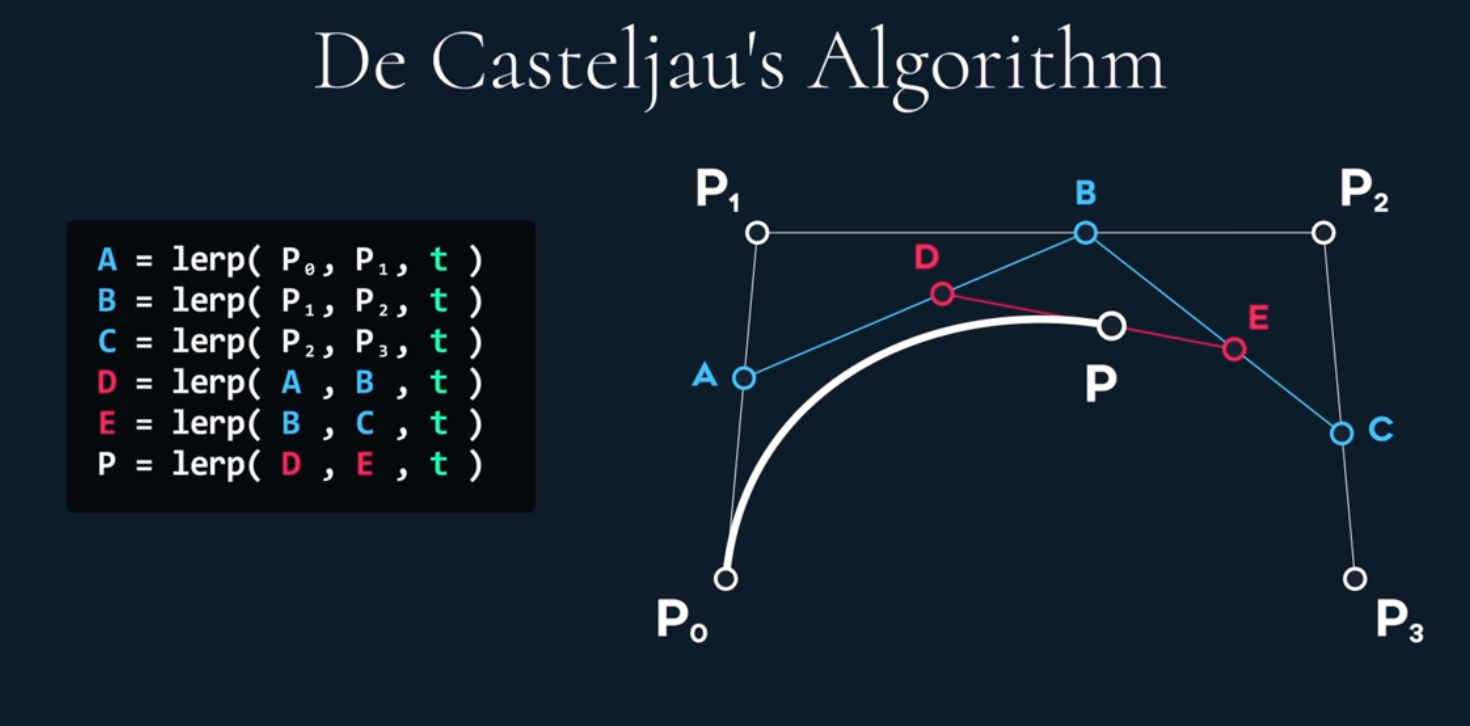 Separeting the $P$ values, gives you basis of Bezier functions
Separeting the $P$ values, gives you basis of Bezier functions
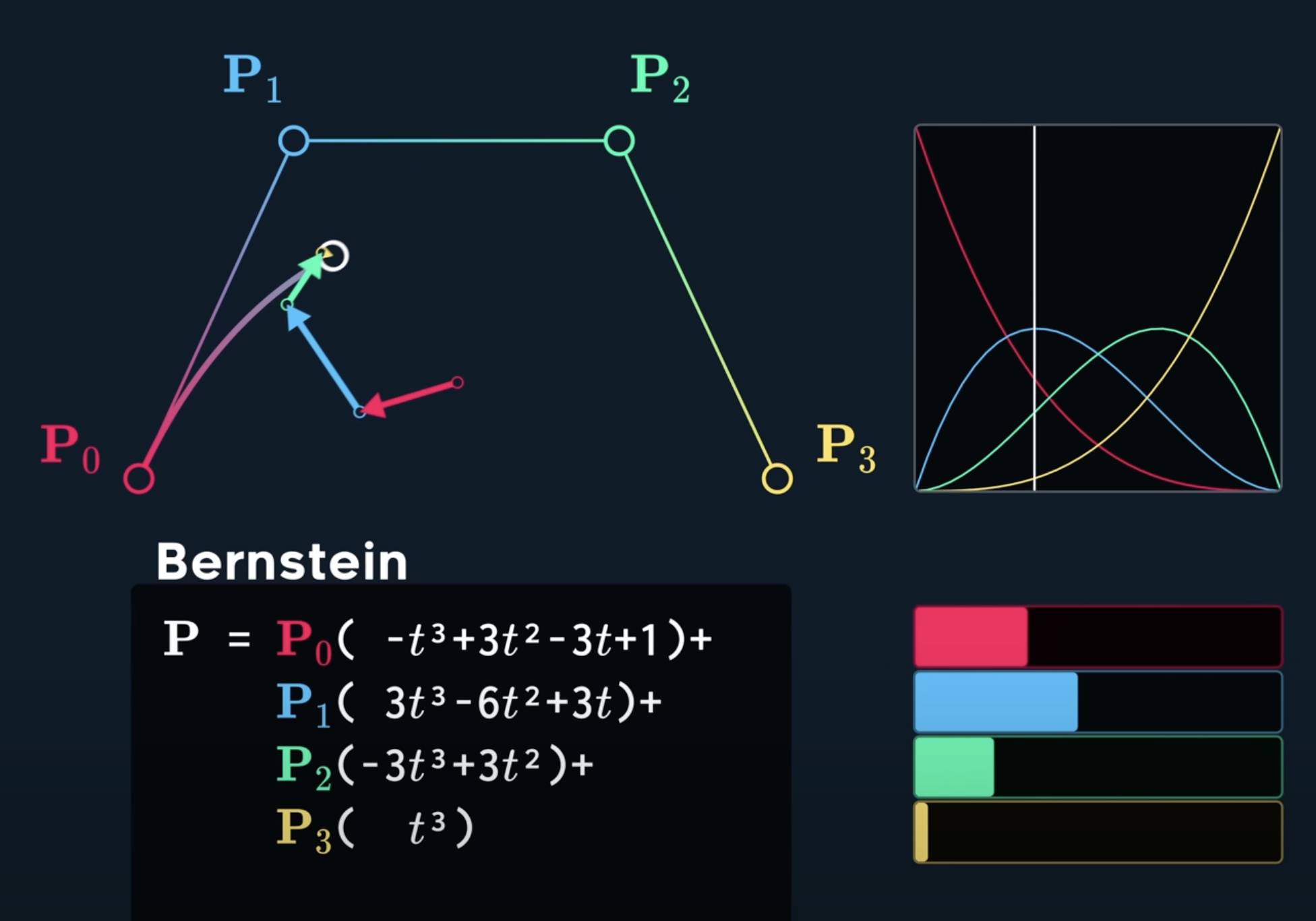 Two other definatinos are listed as polynomial coefficient and Matrix form
Two other definatinos are listed as polynomial coefficient and Matrix form
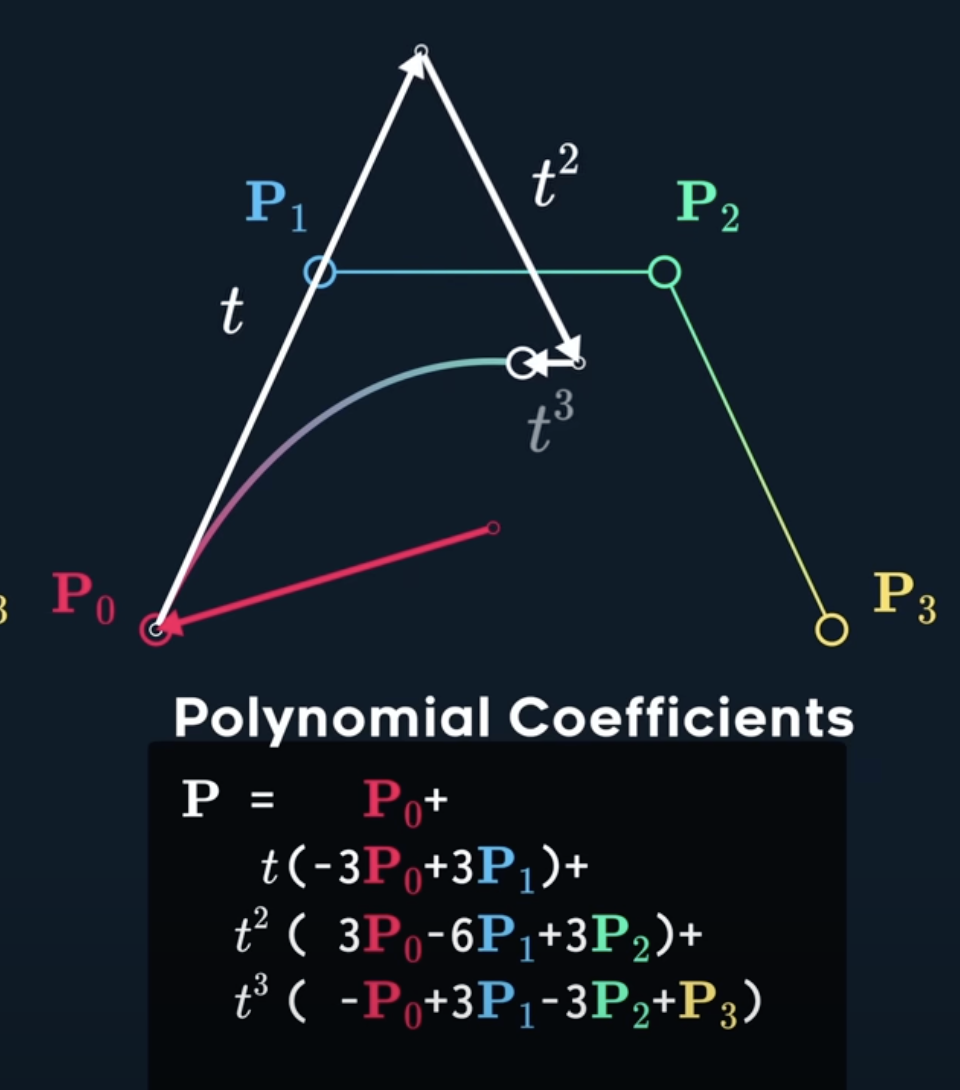

1. B-Spline
The shortage of Bezier curves are
- No local control (The basis covers the whole range)
- Does NOT interpolate (except for start/end points)
- Unstable and expensive to calculate
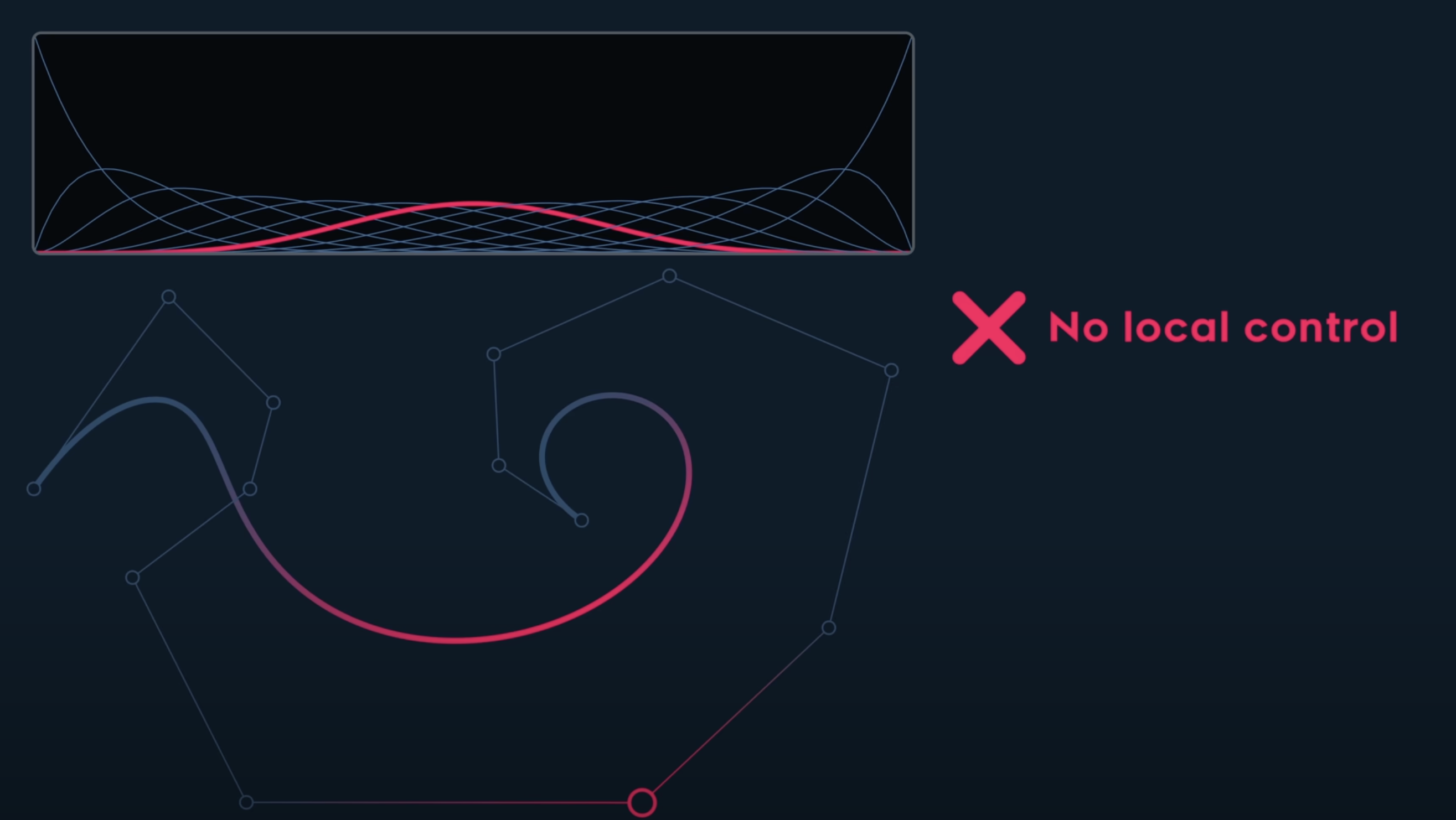 and the B-Spline solves all these issues
and the B-Spline solves all these issues
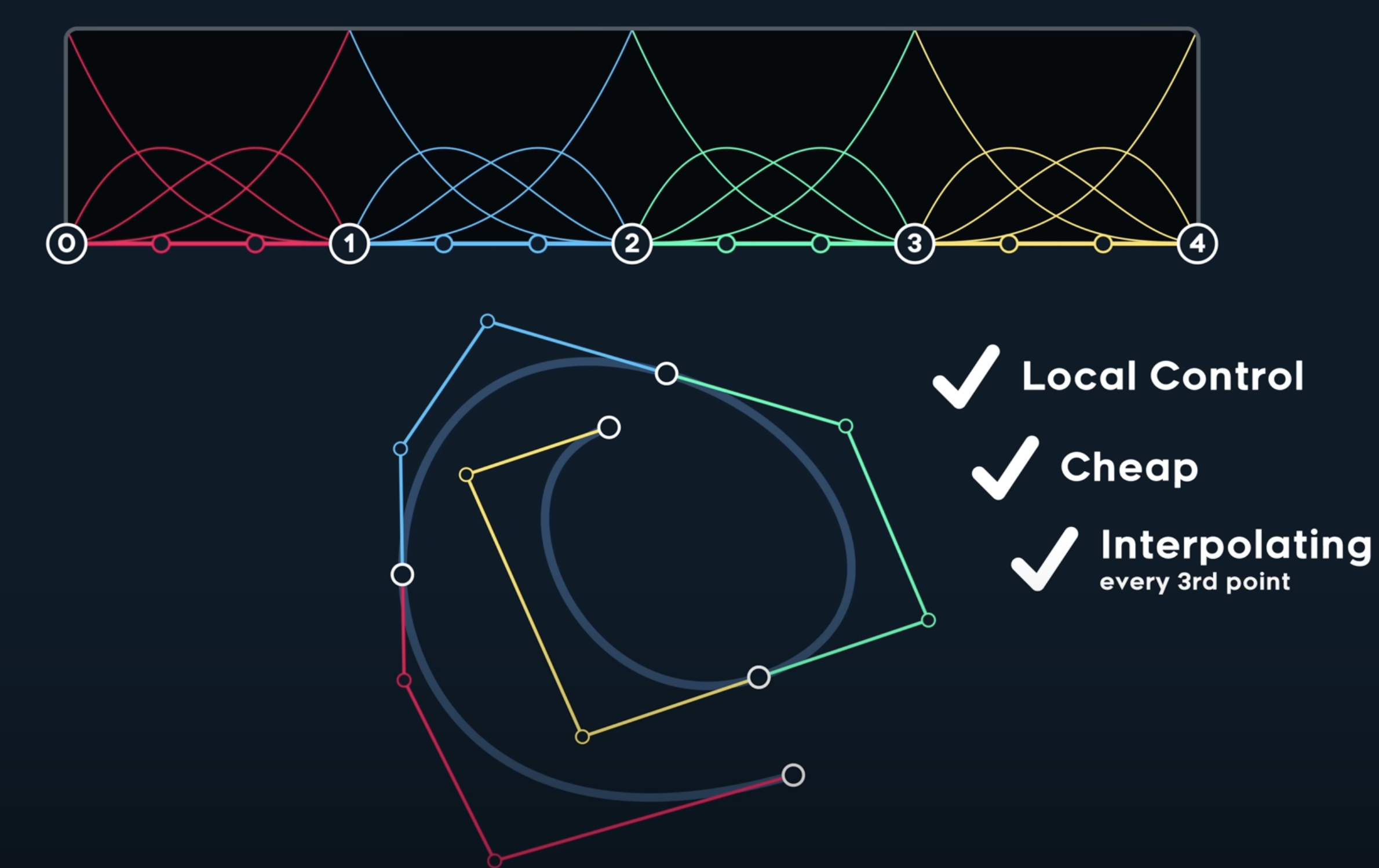 We only consider equal knot interval B-splines
We only consider equal knot interval B-splines
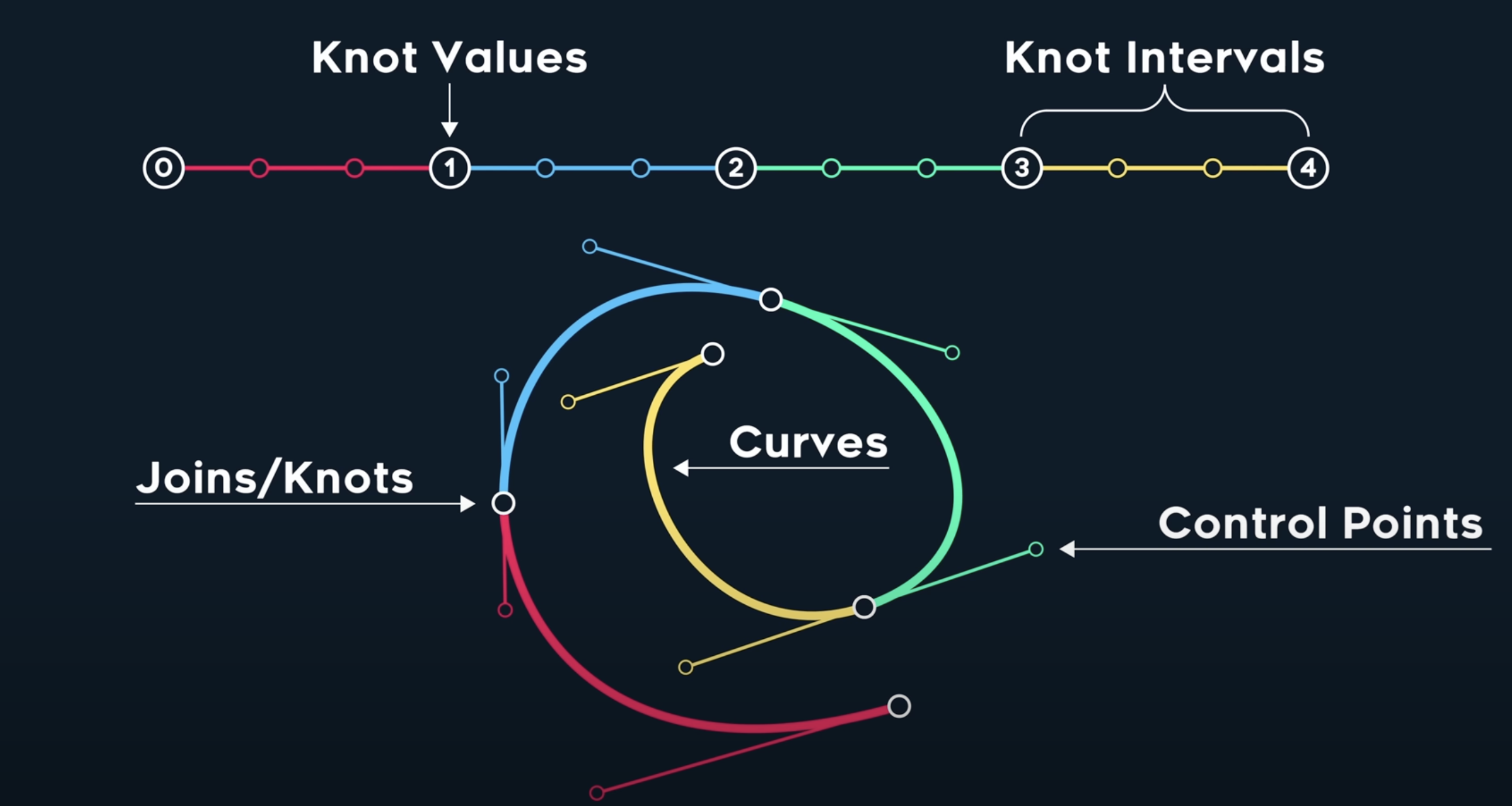
2. Parametric Continuity
$C^i$ continuous if \(A^{(i)}(t_{end})=B^{(i)}(t_{start}) \\ i={0,1,..n}\)
The continuity of B-spline is decided by the control points next to the knots.
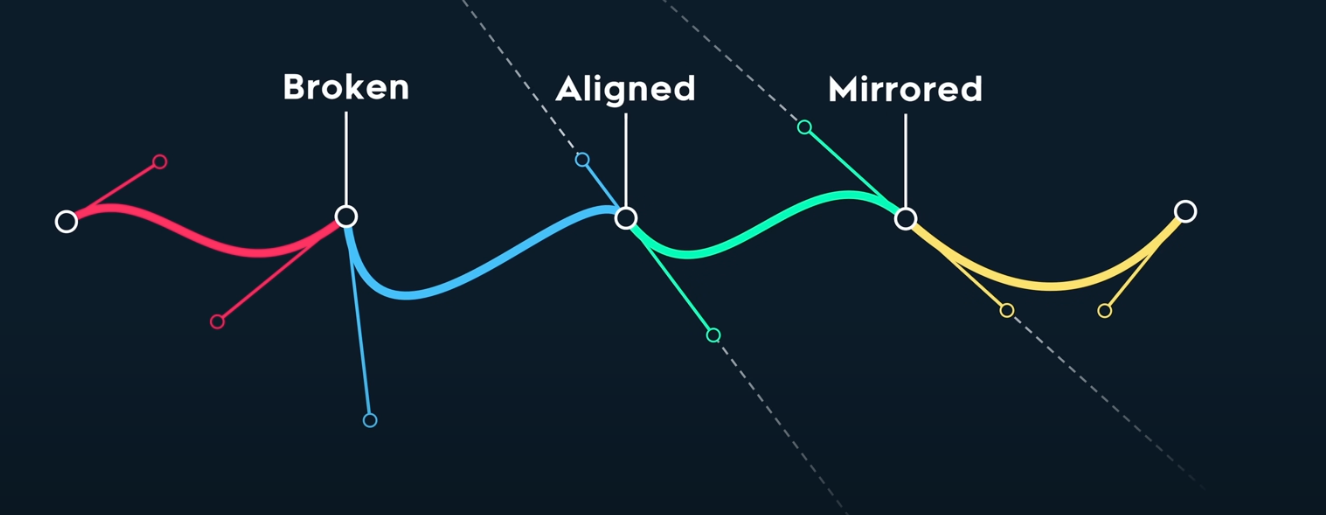 Broken and Aligned knots give $C^0$
Broken and Aligned knots give $C^0$
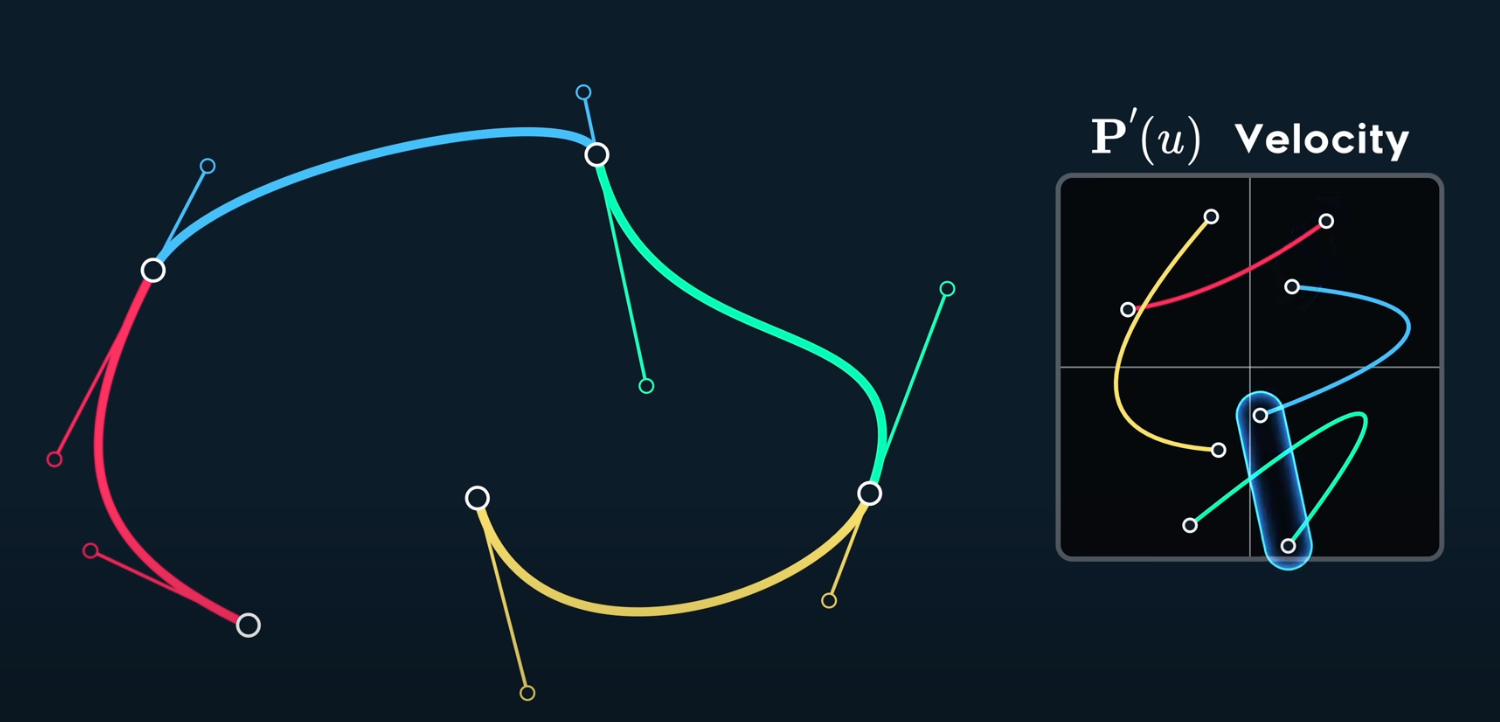 To get continuous velcocity, $P_4$ can NOT be random.
To get continuous velcocity, $P_4$ can NOT be random.
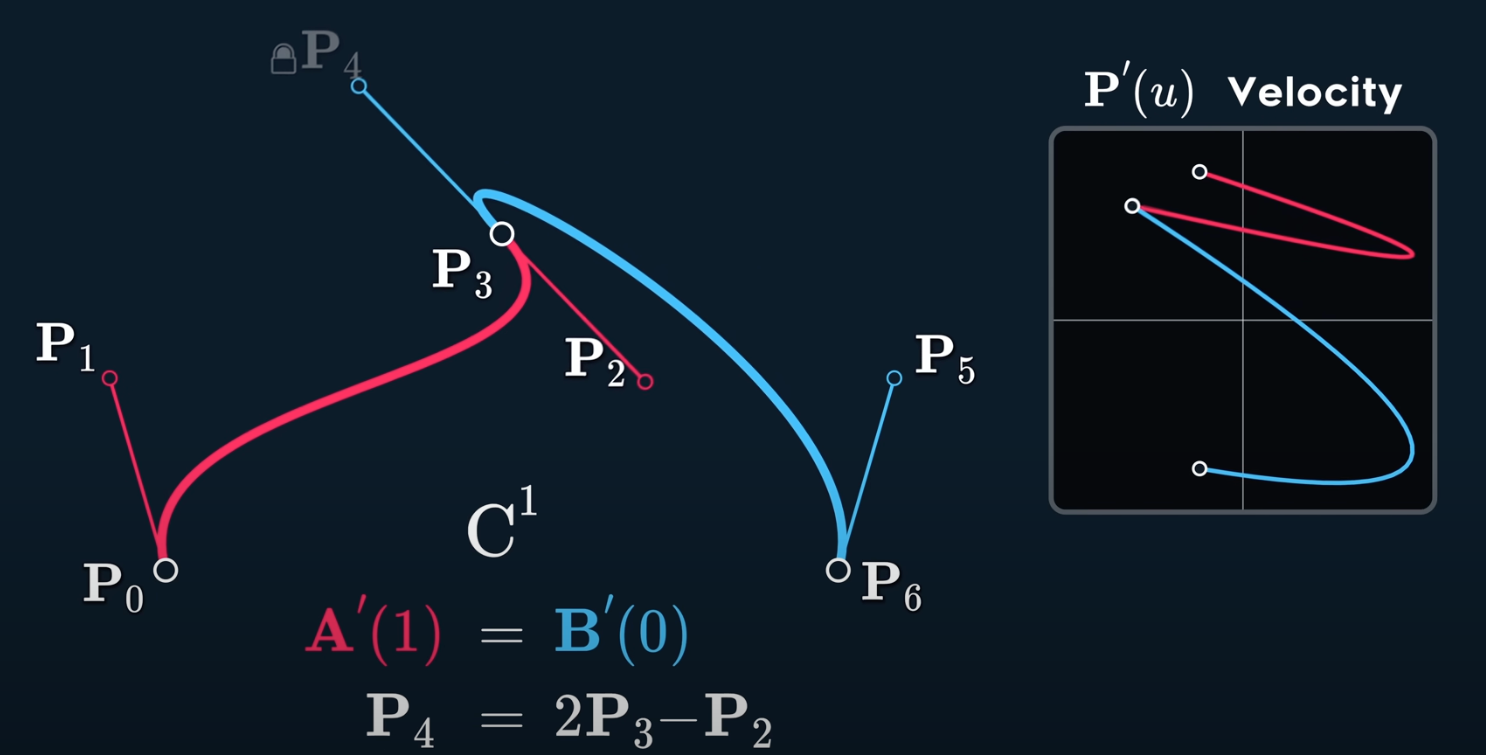 So, mirrored knots gives $C^1$ but NOT $C^2$
So, mirrored knots gives $C^1$ but NOT $C^2$
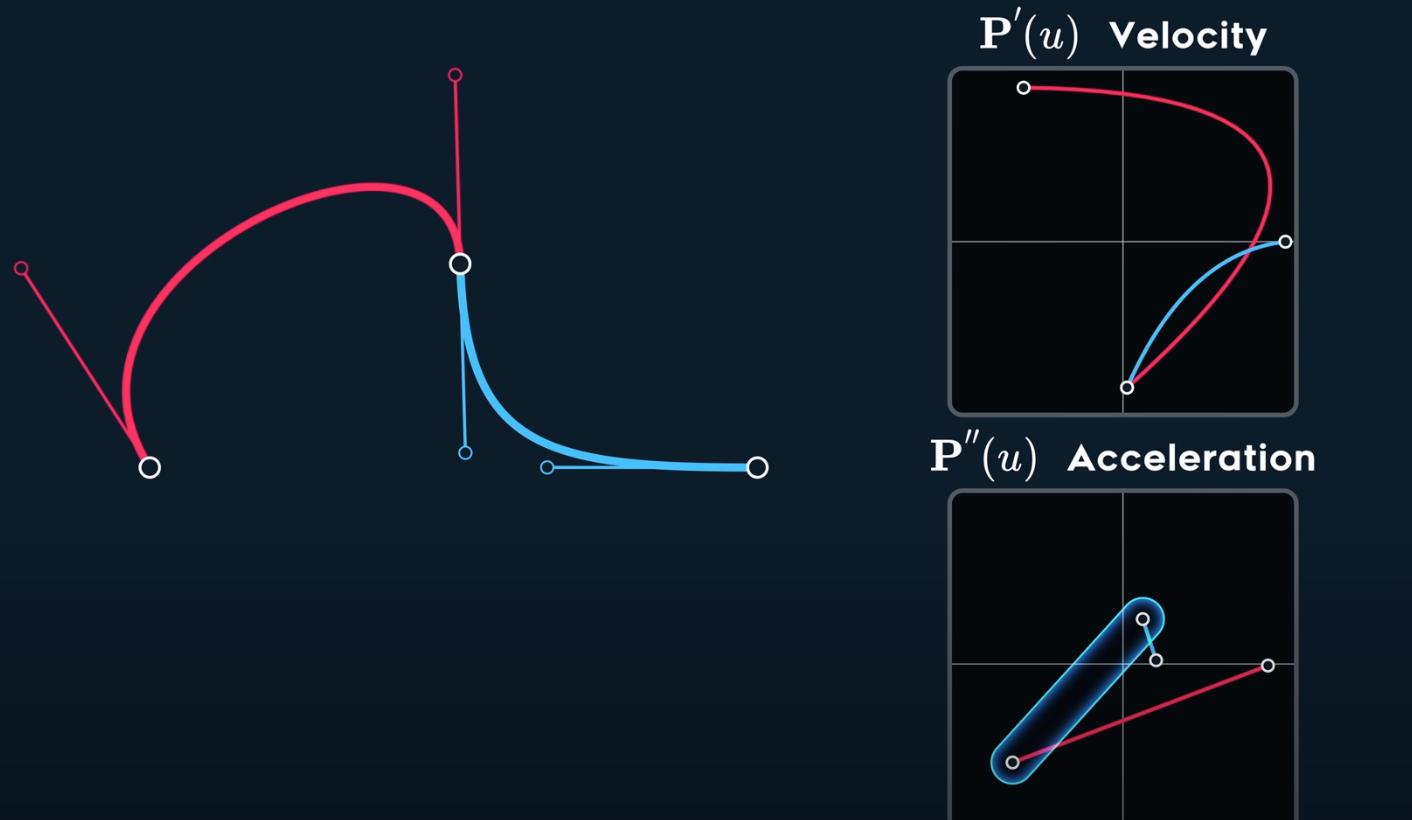 To get $C^2$, $P_5$ is locked
To get $C^2$, $P_5$ is locked
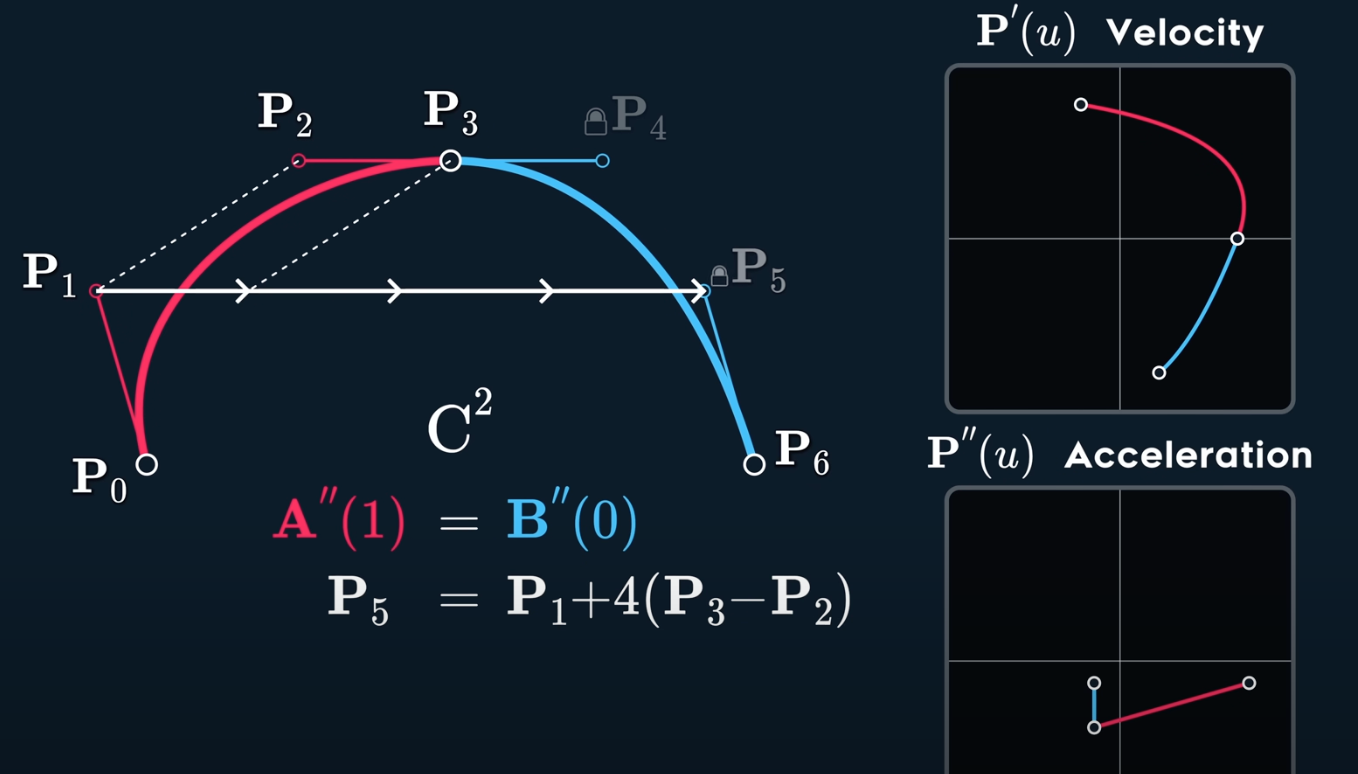
$C^3$ gives you totally no control of the curve, and super sensative to the initial conditions.
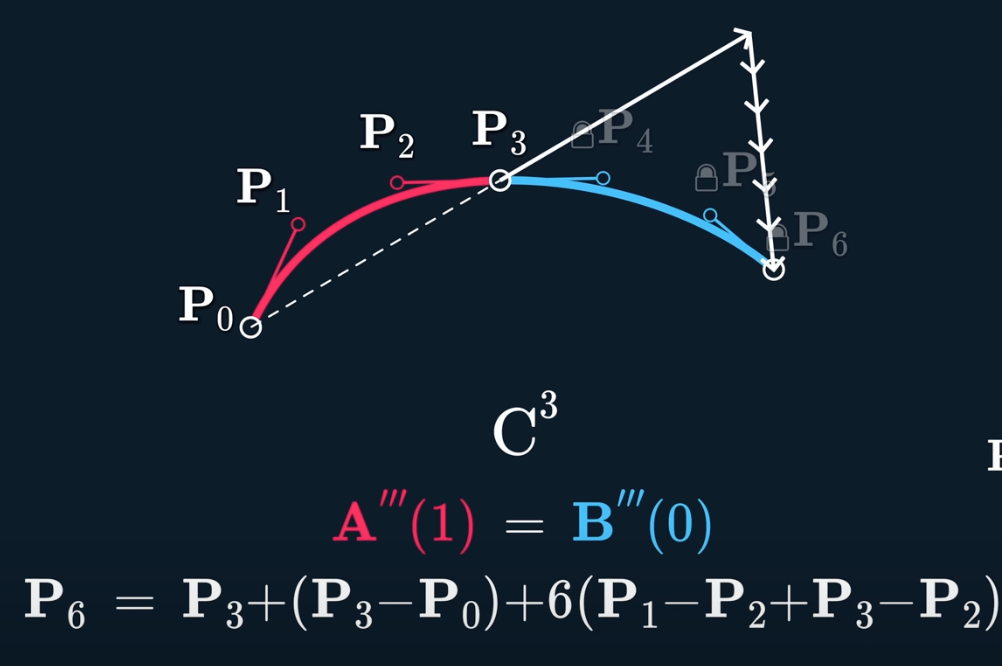 And it’s same as extrapolating t to larger than 1 values.
And it’s same as extrapolating t to larger than 1 values.
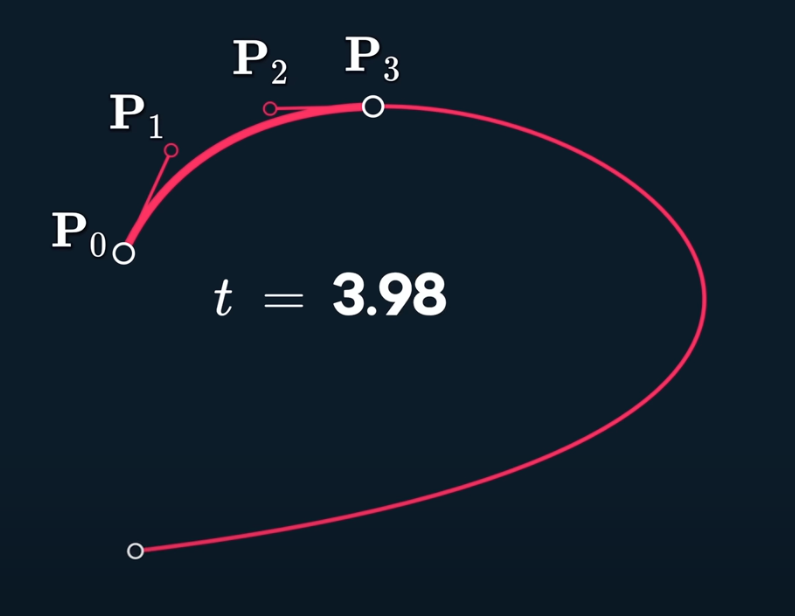 So it’s not just $C^3$ but $C^\infin$
So it’s not just $C^3$ but $C^\infin$
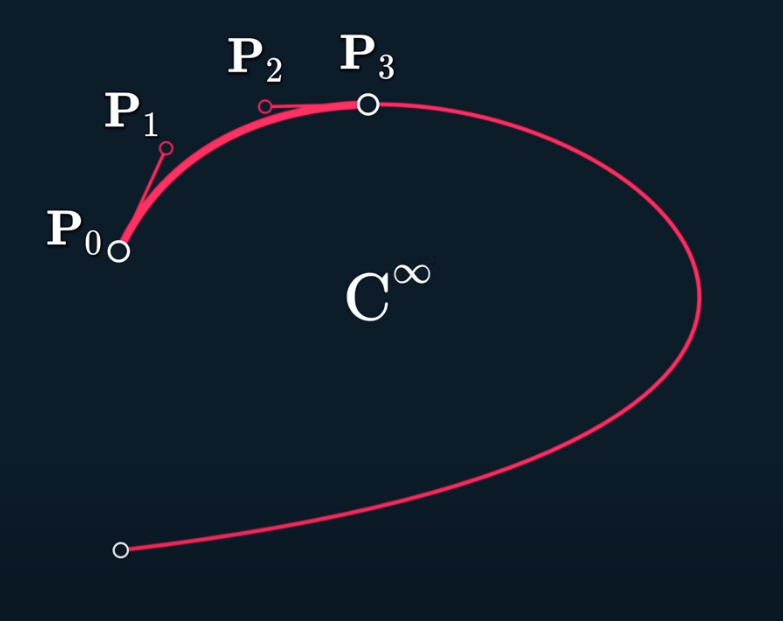
3 Geometry Continuity
For Aligned knots, if we ignore the magnitude of the velocity, and only looks at unit vector and it’s norm, it’s still continuous and called $G^1$.
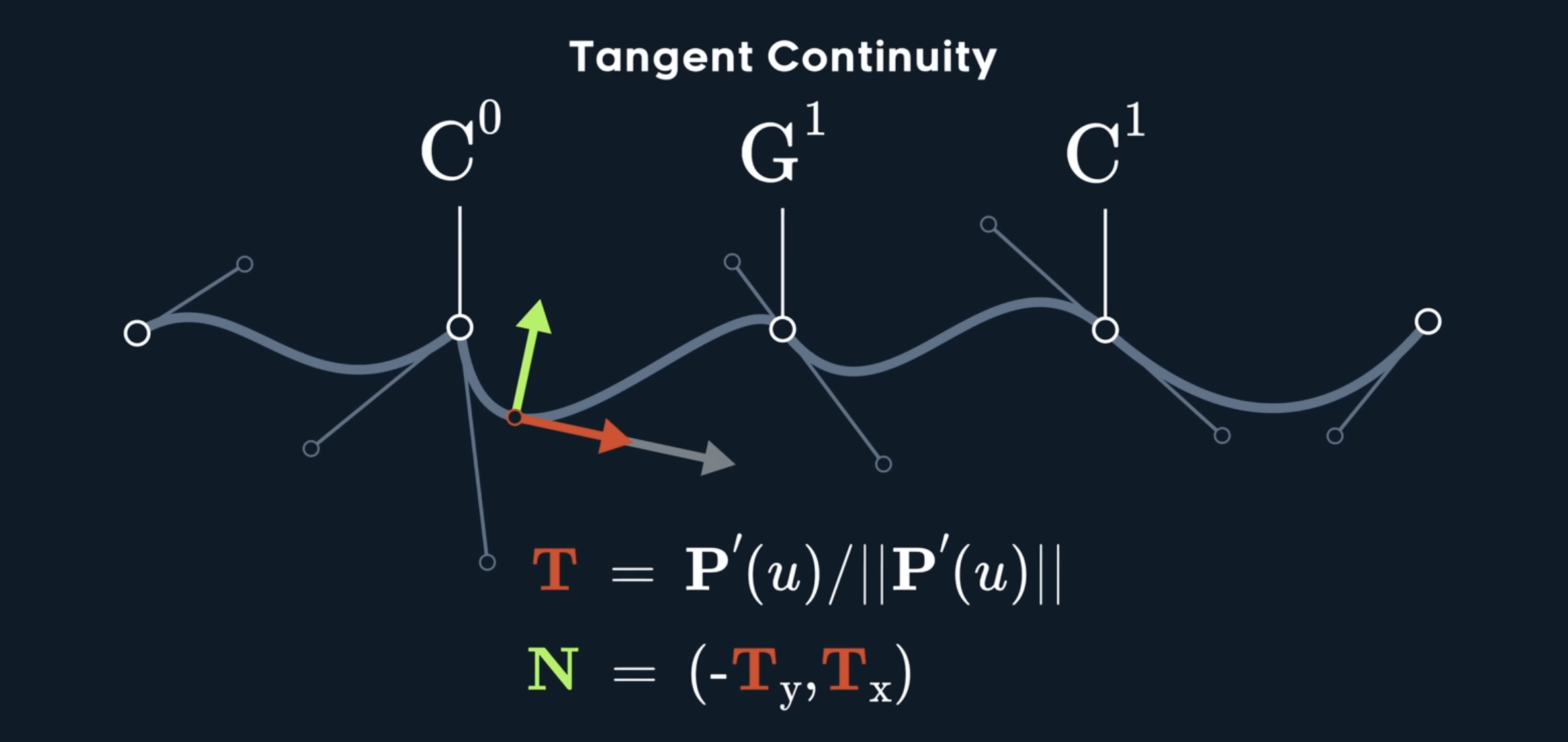 How about $G^2$? This is the continuity of the reflections!!!
How about $G^2$? This is the continuity of the reflections!!!
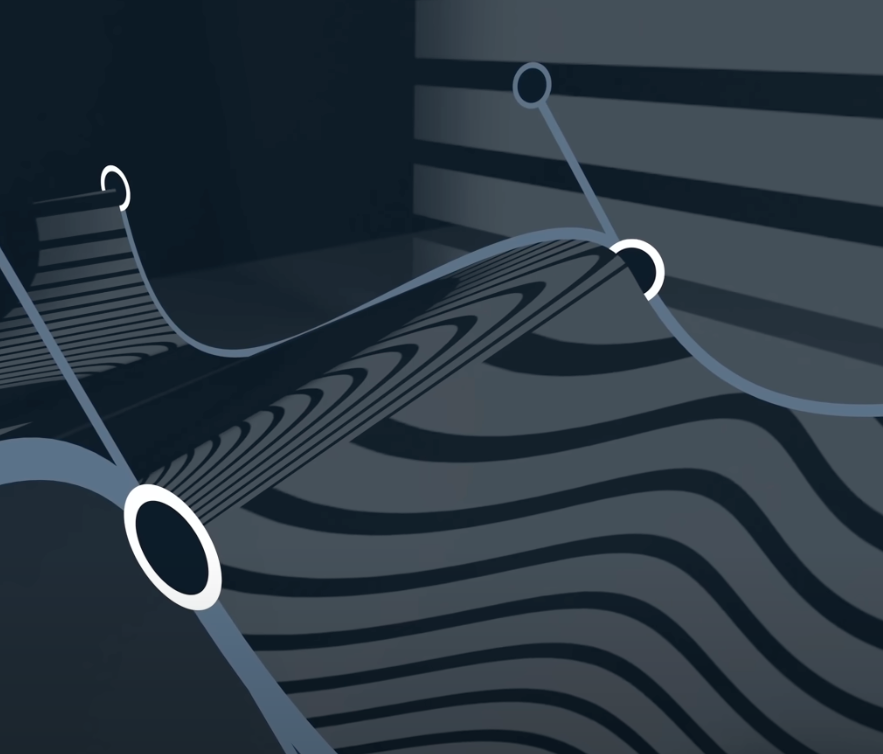 Even the circle surface is NOT $G^2$
Even the circle surface is NOT $G^2$
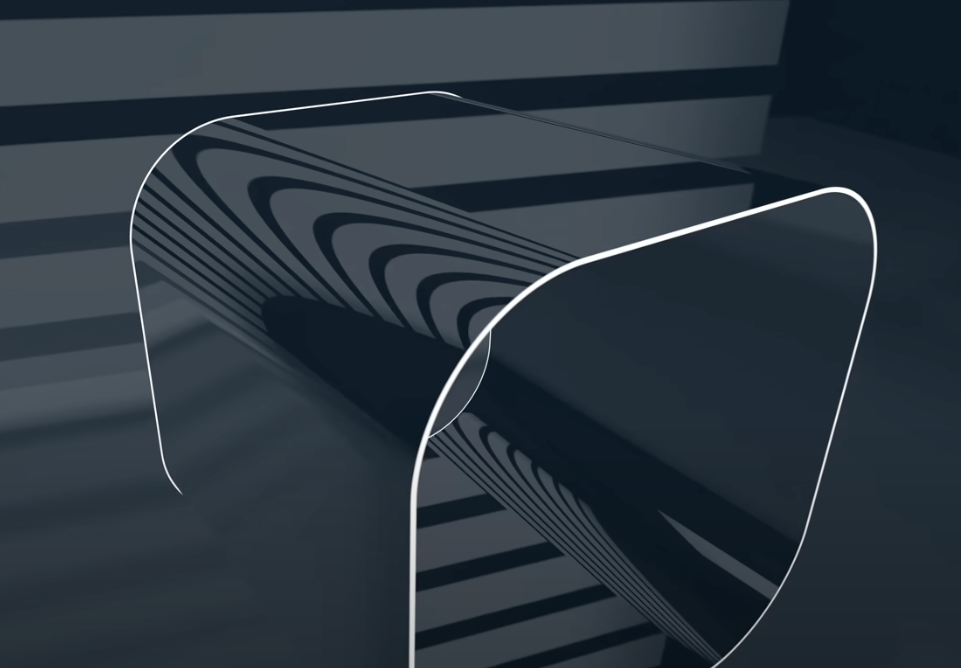 Why? The norm direction of the curve have a non smooth change
Why? The norm direction of the curve have a non smooth change
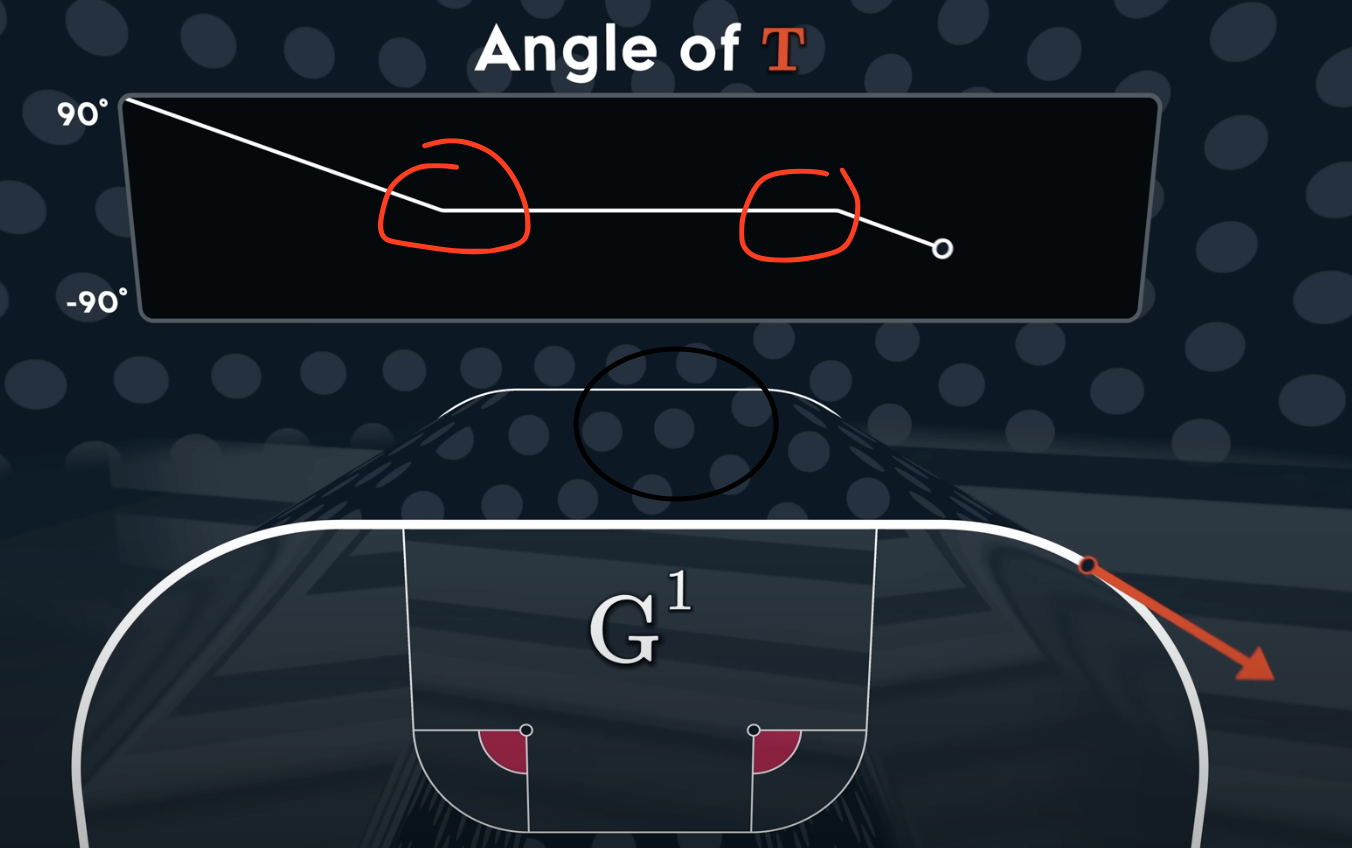
4 Curvature
Curvature is defined as below
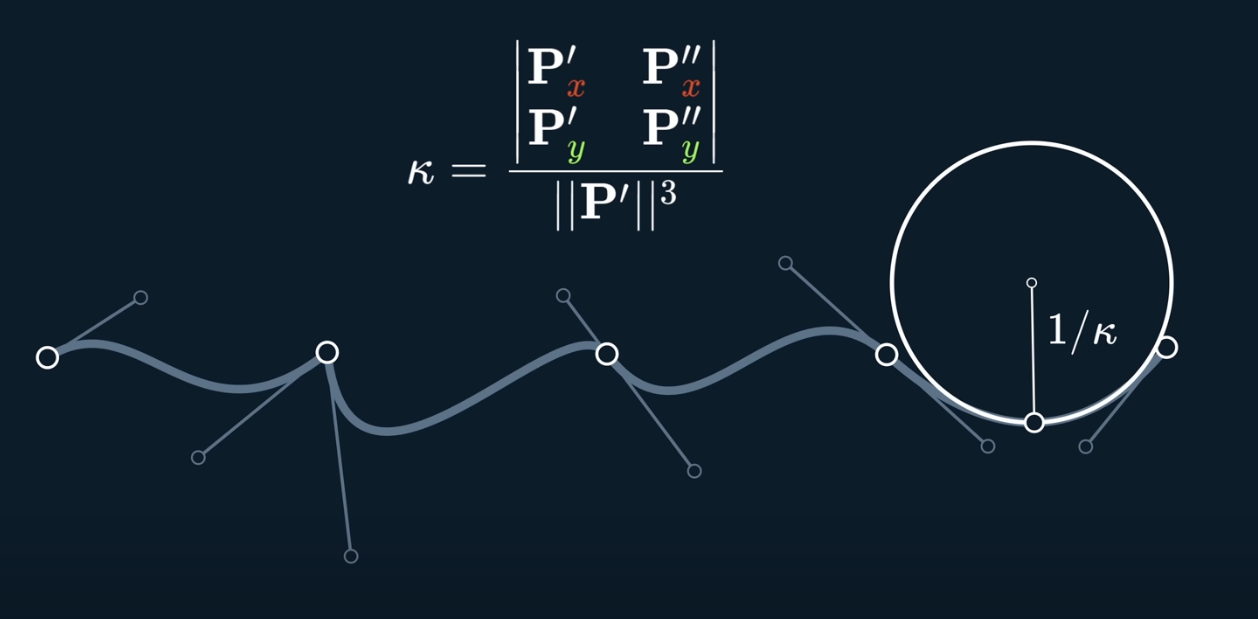 and the relation between continuity and curvature is tricky
and the relation between continuity and curvature is tricky
- $C^0$ may have continuous curvature
- $C^1$ does NOT guarantee the
continuous curvature
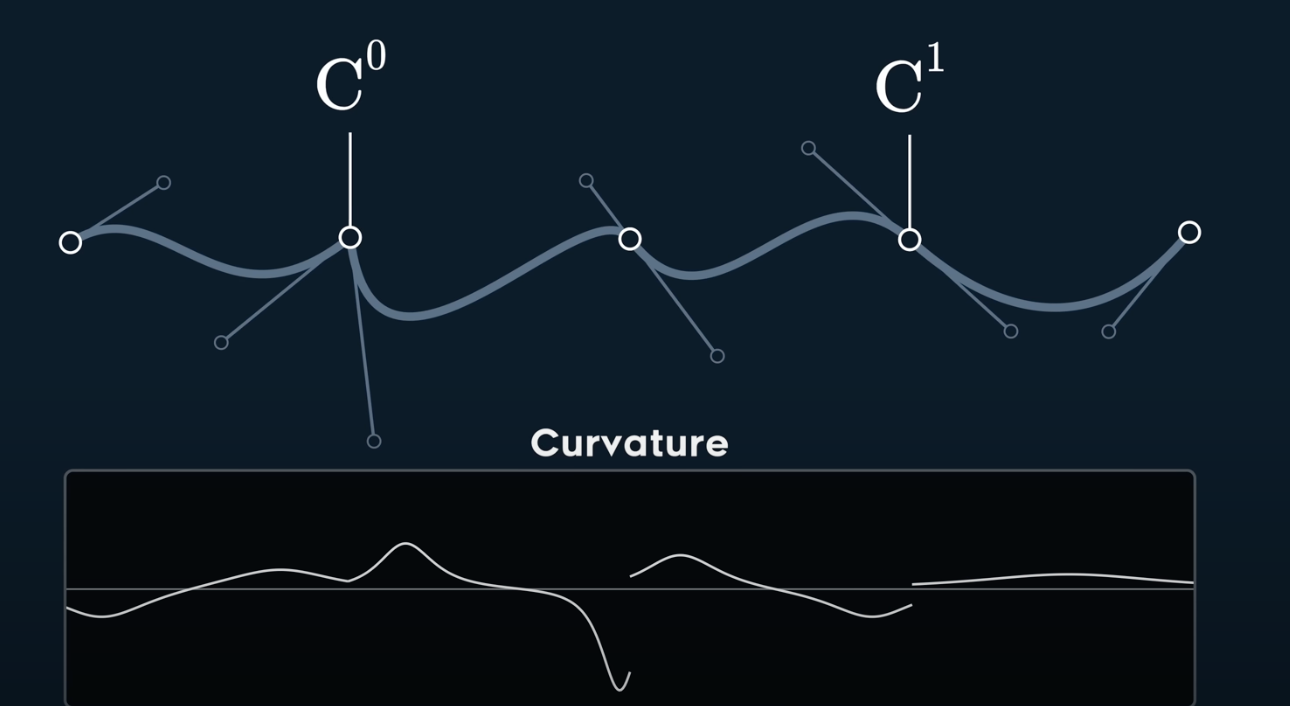
So we can understand GC as below
- $G^1$ is aligned curvature
- $G^2$ is continuous curvature
- $G^3$ is $C^1$ in curvature comb
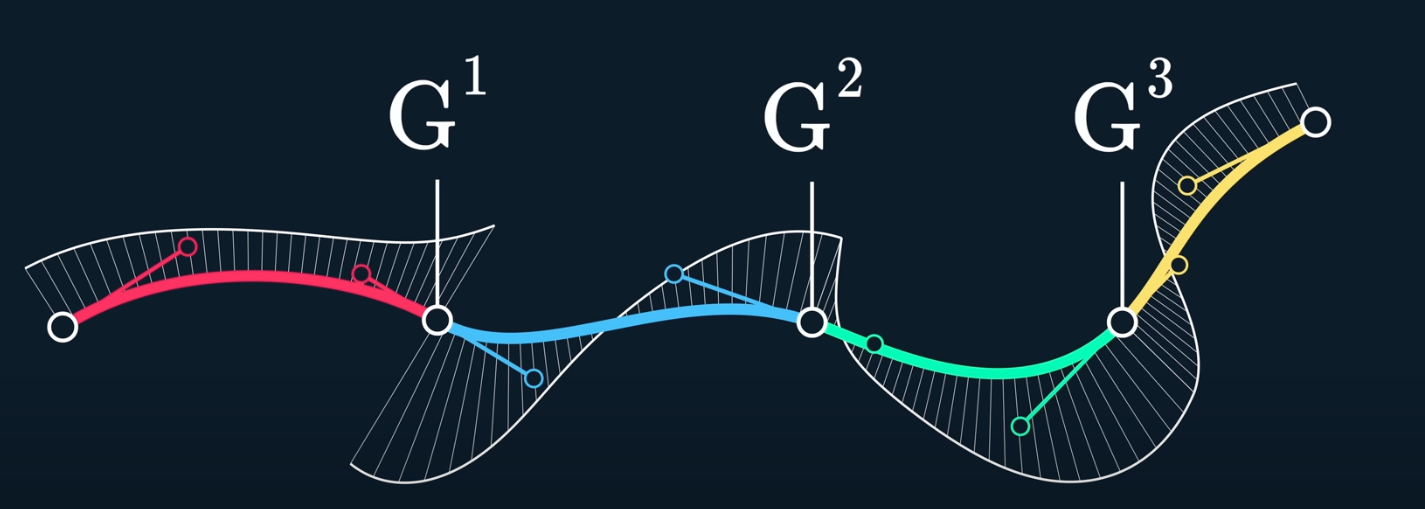
or the official defination of GC is below.
 and it’s related to Parametric Continuity as below
and it’s related to Parametric Continuity as below
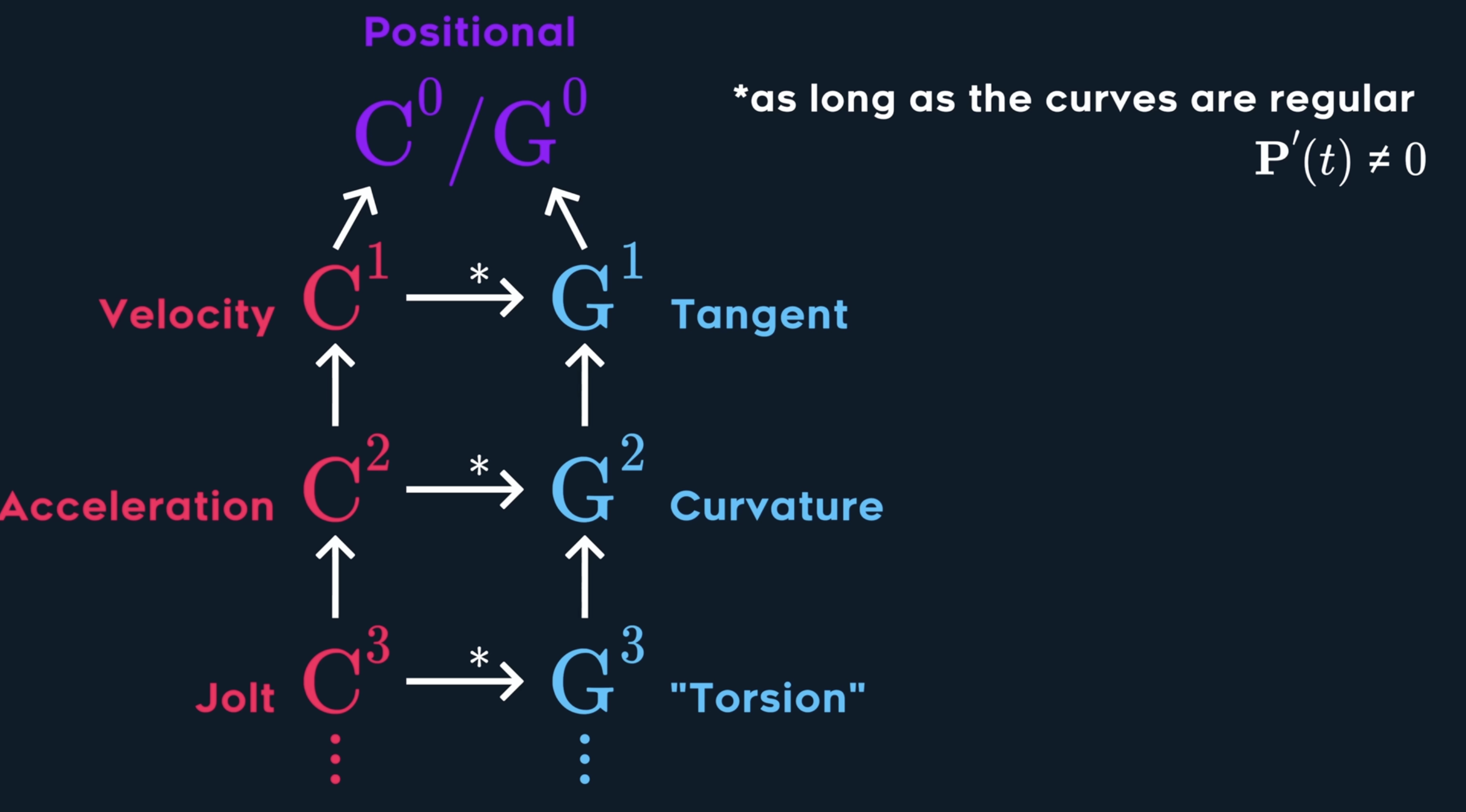
Now you can see the reflection is connnected on $G^2$ surfaces.
